Companion planting: a guide to growing crops side by side to keep them healthy
Companion planting can bring a host of natural benefits to your garden, so find out what combinations of flowers and vegetables do better when planted side by side
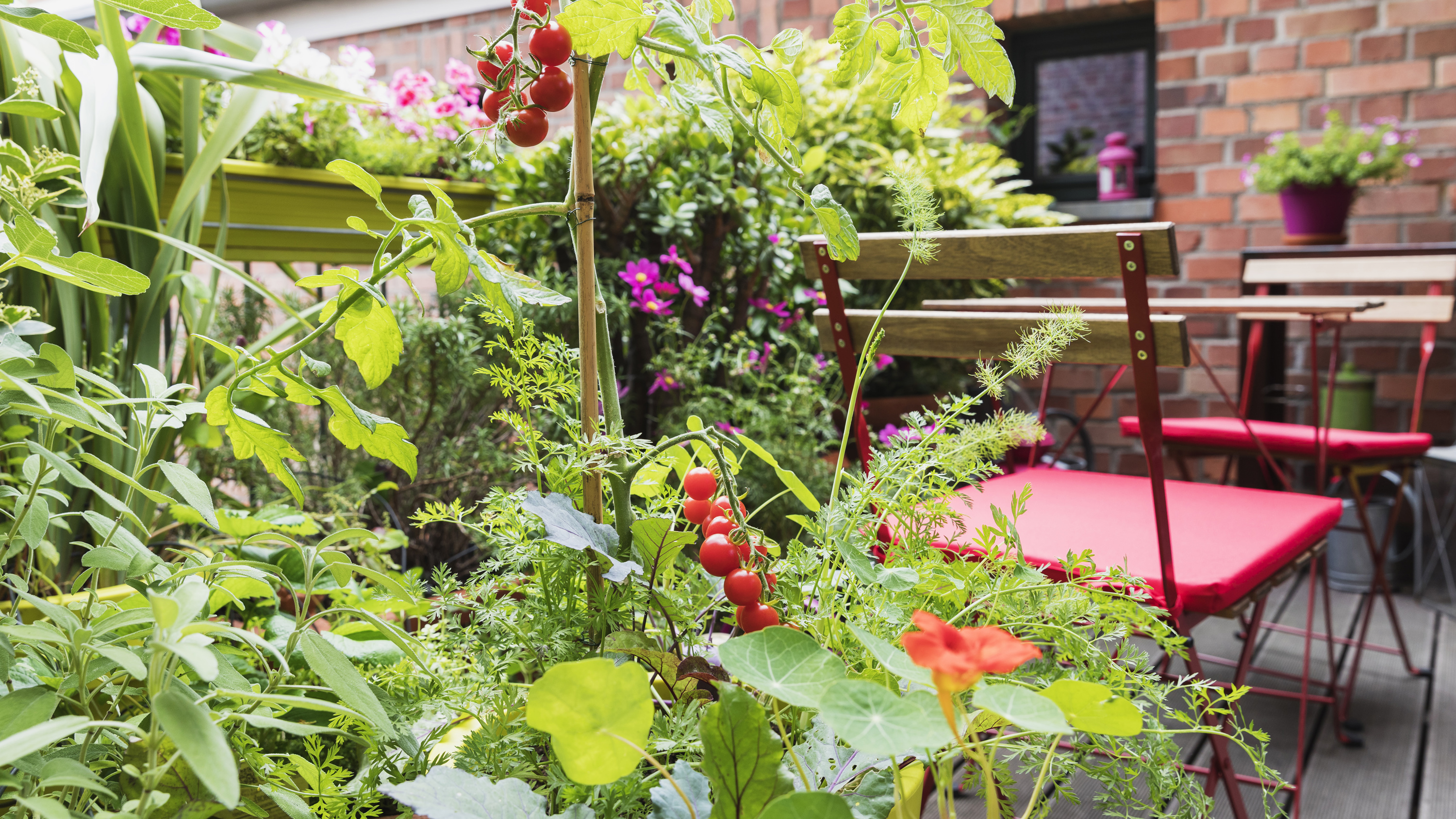

Heard the term companion planting but not sure what it is, how to use it in your garden or why it's good for your plants? We're here to help.
The idea is simple. It’s about growing two or more different plants close together in your raised garden bed ideas or garden borders so that they can benefit from each other. Matching up the right combination can help to protect against pests, improve the soil with nutrients, offer shade against the sun, provide a natural support for leggy stems, or cleverly disguise an unsightly aspect of a particular plant.
Although it may sound complicated, it’s not. 'Don’t worry if you’re not sure where to start,' say the experts at Suttons Seeds. 'It is just about planting the right plants beside one another so that each benefits from its neighbor.'
The principle of companion planting has been used for thousands of years. It is often based on plant lore rather than hard scientific evidence. It is particularly effective if you are having a go at growing vegetables, although certain flowers can make perfect partnerships too.
Is companion planting good for the garden?
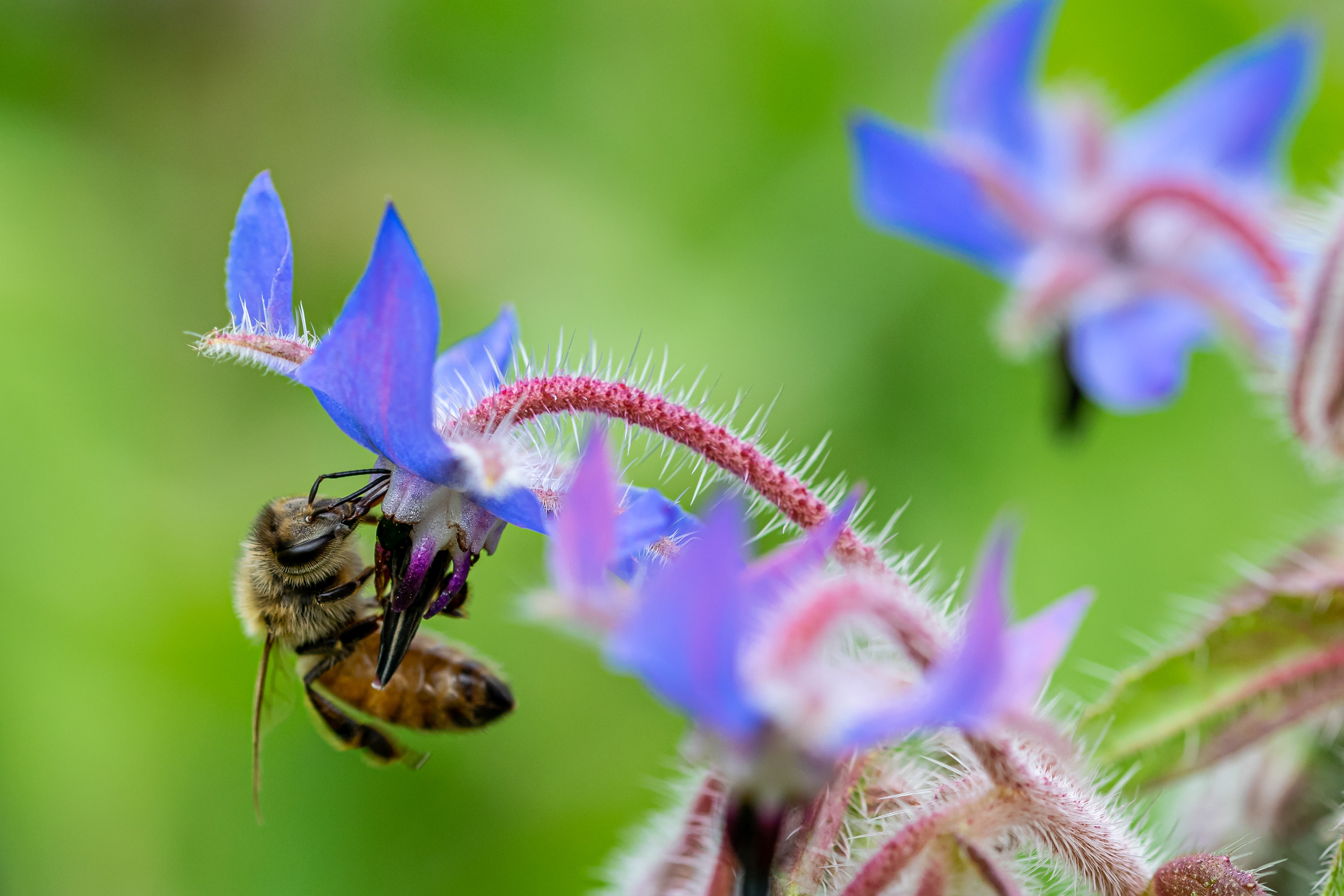
Companion planting is wildlife-friendly, cuts down on the need for pesticides, and it attracts more beneficial insects to the garden. Some combinations will also help to improve soil structure.
'The reason why it works so well with plants grown from different species is because a mixture of root systems are created underneath the soil,' explain the experts at Suttons. 'This improves the structure of the soil when roots spread widely, whilst other roots grow deeply and help to bring nutrients to the surface of the soil.'
Mixing plant species is better than growing massed groups of the same type, as this can lead to the faster spread of some diseases and pests.
Is companion planting easy to do?
Companion planting is straightforward. Start with a couple of tried and tested plant pairings and once you have seen the benefits, you can take the idea further and look at introducing some new combinations of plants.
What companion plants grow well together?
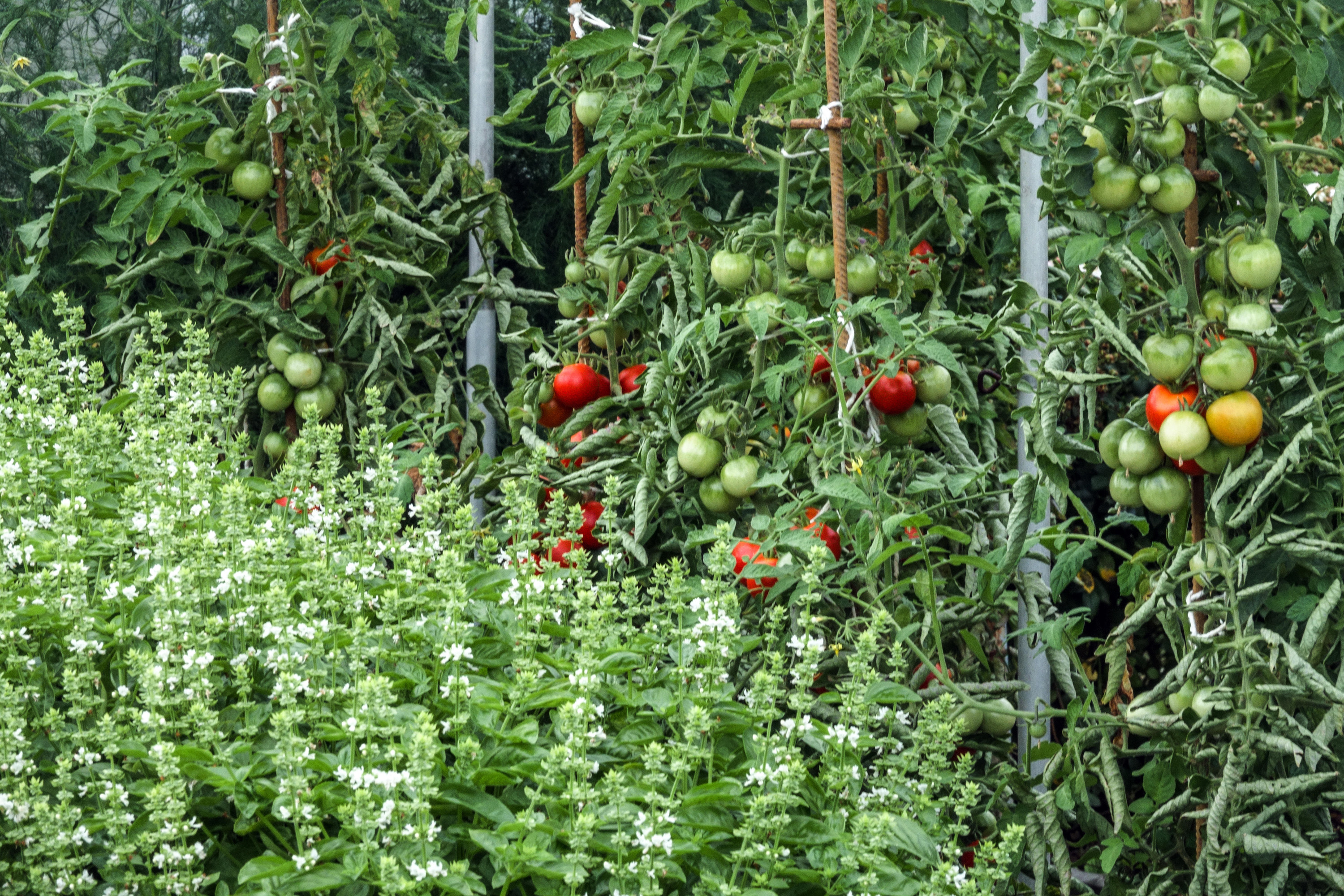
- Lettuce – plant with scented herbs hyssop and sage, which can repel slugs.
- Potatoes – introducing horse radish boosts disease resistance. There's more advice on how to grow potatoes in our guide.
- Courgette – combine with calendula, as these flowers are attractive to pollinators, ensuring a big crop
- Chrysanthemums – pair with chives. The onion scent deters aphids.
- Tomatoes – if you want to learn how to grow tomatoes this year, consider mixing your plants with basil, which is said to boost the yield (and if planted within 45cm, it may improve flavour). It will also attract whitefly away from the tomato plants. There's more tips on companion plants for tomatoes in our guide.
- Cucumbers – plant with radishes, as these will help to deter destructive cucumber beetles.
- Fruit bushes Match with peas, beans and sweet peas. The nitrogen released from the roots of the pea family plants enriches the fruit.
- Strawberries Pair with thyme, as the herb is said to accelerate growth of the fruit plants. Borage is another friend, said to improve berry flavour. There's more tips on how to grow strawberries in our dedicated guide.
How to use companion planting as a pest control method

Aphids are a nuisance in the garden. These are tiny insects such as greenfly, blackfly and whitefly which breed rapidly and do damage by sucking the nutrients from plants, causing leaves to wither and turn yellow.
'Companion planting will certainly help with this,' says Lis Wallace from Dobies. It works in one of two ways. The first is buddying up susceptible plants with ones that attract aphid predators. 'French marigolds are particularly useful in aphid control as they attract hoverflies, which feast on the aphids,' says Lis.
Mint is another loyal plant friend as it brings in ladybirds, which also devour pests. There's advice on how to grow mint in our guide. Another good match is the poached egg plant, which can easily be grown from seed sprinkled on the ground.
The second way to control pests is to pair susceptible plants with strongly scented ones. The aroma repels certain insects. A classic example is growing onions, chives or garlic alongside veggies from the cabbage family and carrots. The plants in the onion family put off destructive cabbage worms and slugs. Head over to our guide on how to grow garlic for more top tips.
French marigolds also exude a scent which aphids hate, making these little flowers a particularly dependable mate in the veg bed.
How does companion planting help with pollination?
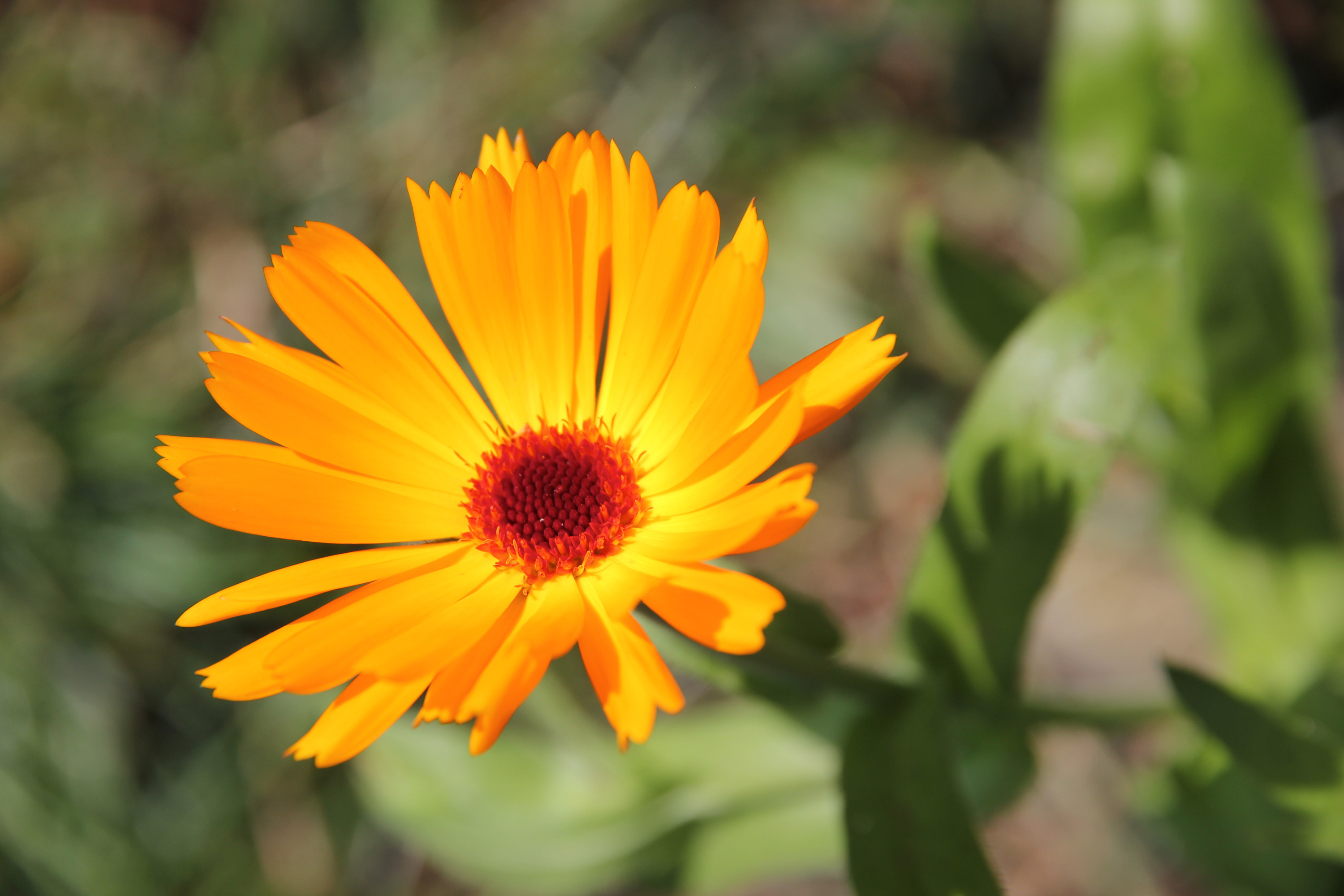
All fruit and vegetable plants need pollinating to be productive, and there are an army of insects which do this job, including bees and butterflies. Adding bee friendly plants that will attract them in greater numbers means more produce for you!
Borage attracts honey bees and bumble bees, it’s easy to grow in sunny or shady spots, and it will thrive near fruit and vegetables.
Other examples include planting nectar-rich calendula next door to courgettes, and scattering garlic chive seeds around the fruit and veg patch. Their lacy white flowers are very attractive to pollinating insects.
Other combinations include sweet peas (you can find out how to grow sweet peas in our guide) and climbing beans, which can be twined together on a cane wigwam.
You can also sow seeds of the poached egg plant under soft fruit bushes such as raspberries to ensure a bumper crop. There's more top tips on how to grow raspberries in our grow your own guide
How to use companion plants to repel aphids and other pests
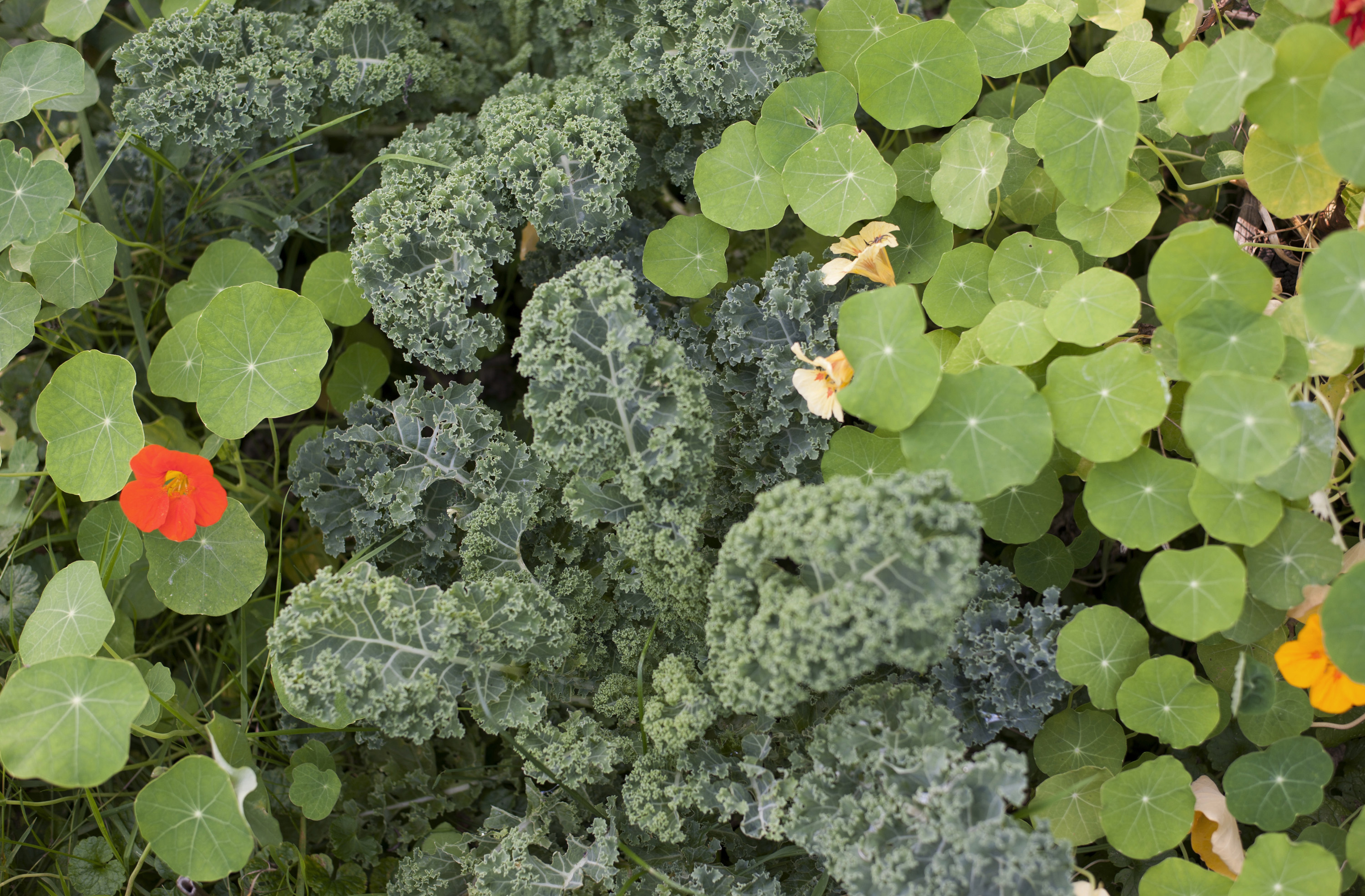
Sometimes, plants which are especially tempting to pests are deliberately grown close to other susceptible yet more precious crops. The idea is that the aphids are drawn away from the prize.
'Nasturtiums are a great sacrificial lamb to lure pests away from those plants you want to nurture,' say the experts at Suttons. 'Plant them around your edibles and they’ll be attacked by blackfly while your precious crops remain free of this pesky aphid.'
Nasturtiums will also draw cabbage white butterflies, so they are ideal for planting near cabbages, cauliflower and broccoli, which will otherwise suffer from seriously holey leaves.
How to use companion planting to cut down on chemicals
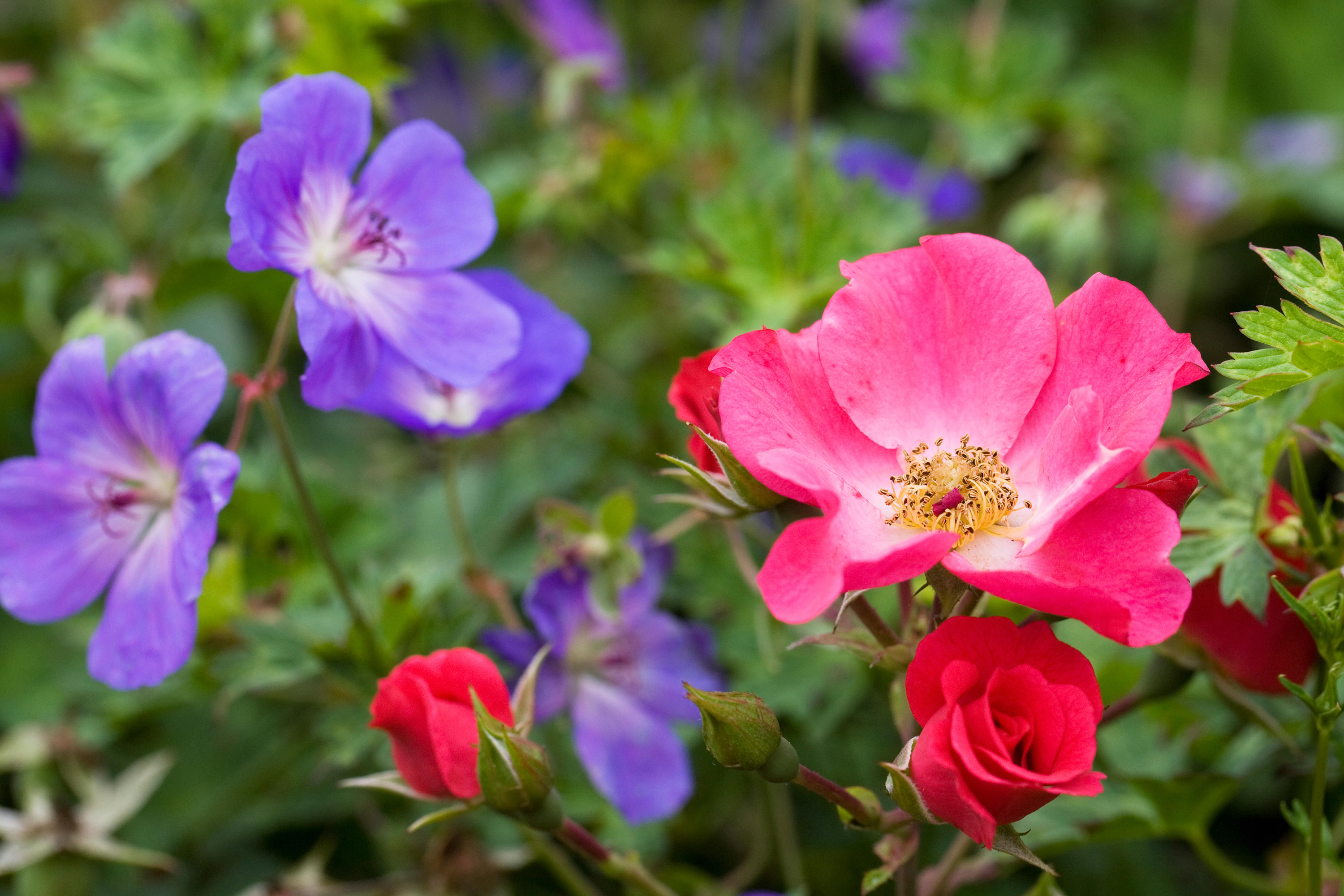
Some plants work as bodyguards for others and using some of these combinations means you can cut down on chemicals in your plot. Plant roses with hardy geraniums to prevent a common disease called blackspot. You may have noticed the tell-tale black dots on rose leaves. The disease spores live in the soil and take hold when they are splashed upwards by rainfall. Planting hardy geraniums around the base of roses creates a leafy barrier which prevents this from happening – find out how to grow hardy geraniums in our guide.
Using certain plants as a living screen can prevent vulnerable ones from heat and direct sun damage. Carrots can be protected by tomatoes (although it’s important not to crowd them too close together) and cucumbers enjoy the shade of sunflowers and sweetcorn. Creating partial shade will also prevent some plants from growing too quickly and going to seed. Examples include coriander, spinach and lettuces.
The general rule is to use taller plants to screen those which like partial shade, so it’s always worth reading the seed packet or plant label to work out which conditions your plants prefer before deciding if they are compatible.
How companion plants can hide problems
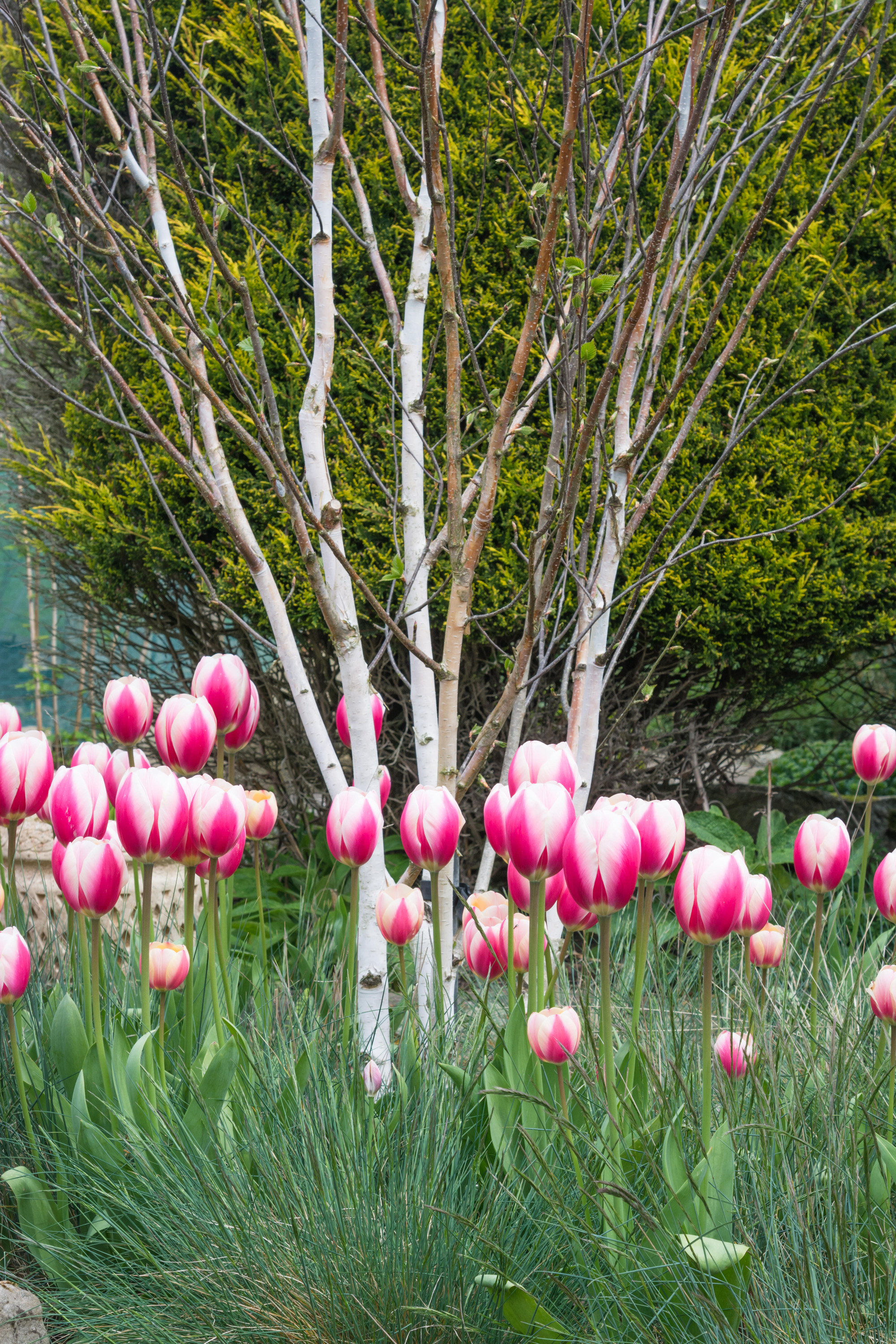
Some plants have a spectacular flower – and disappointing foliage. Companion planting can be used to disguise this, and in the process it creates a fuller looking, balanced flower bed. A classic example is alliums. The stunning purple pompom flowers on a slender stem appear in May, at the same time their leaves begin to look a little tatty. Underplant them with a bushy plant such as Lady’s Mantle (Alchemilla mollis), and it’s problem solved. No withering leaves will be seen.
Garden designer David Chanell has plenty more screening tricks up his sleeve. 'I use evergreen grasses below a deciduous structural tree to provide winter interest when the leaf drops,' he says. 'I also like pairing wisteria with an evergreen honeysuckle to keep the foliage coverage in winter if the climbers are required to cover an unsightly backdrop.' Like the sound of this combination? Head over to our guide on how to grow wisteria to get started.
Using companion planting for decorative effect
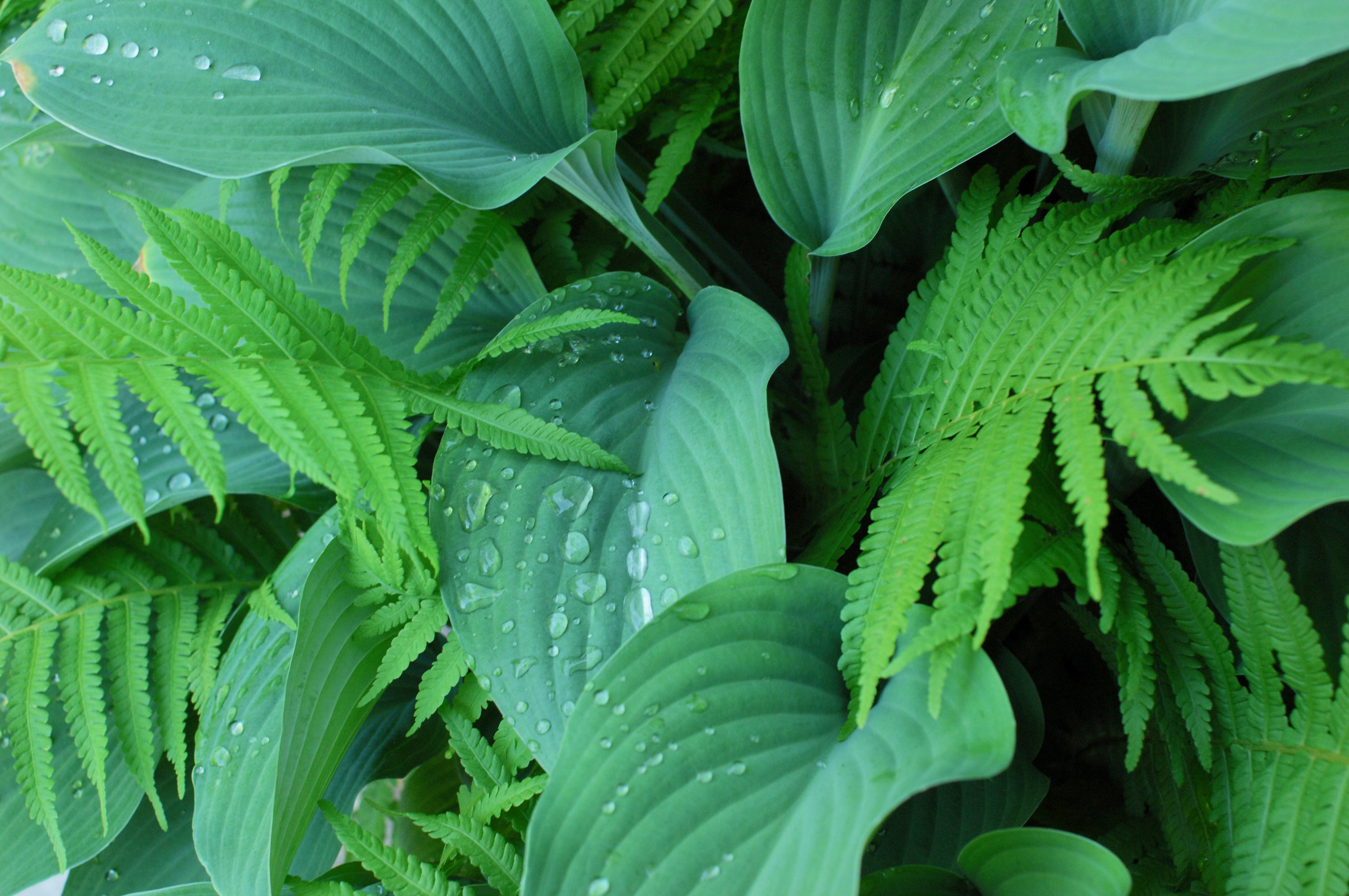
Sometimes, plant pairings are put in place for no better reason than the fact that they make a striking couple. Mixing and matching plant heights creates a layered look, says designer David Chanell. 'For this reason, I like to put structural topiary i.e low hedges or perhaps pillar or ball shaped shrubs, with floating grasses that soften with their movement, and contrast with the stable nature of the topiary.'
In a shady border, there’s no better partnership than hostas and ferns. Both enjoy damp, darker conditions. 'Try hostas for ground cover paired with upright shuttle cock ferns,' suggests David. There's lots of useful advice on how to grow ferns feature, plus you can find more best shade loving plants in our guide.
Companion planting top tips: 5 easy wins to try
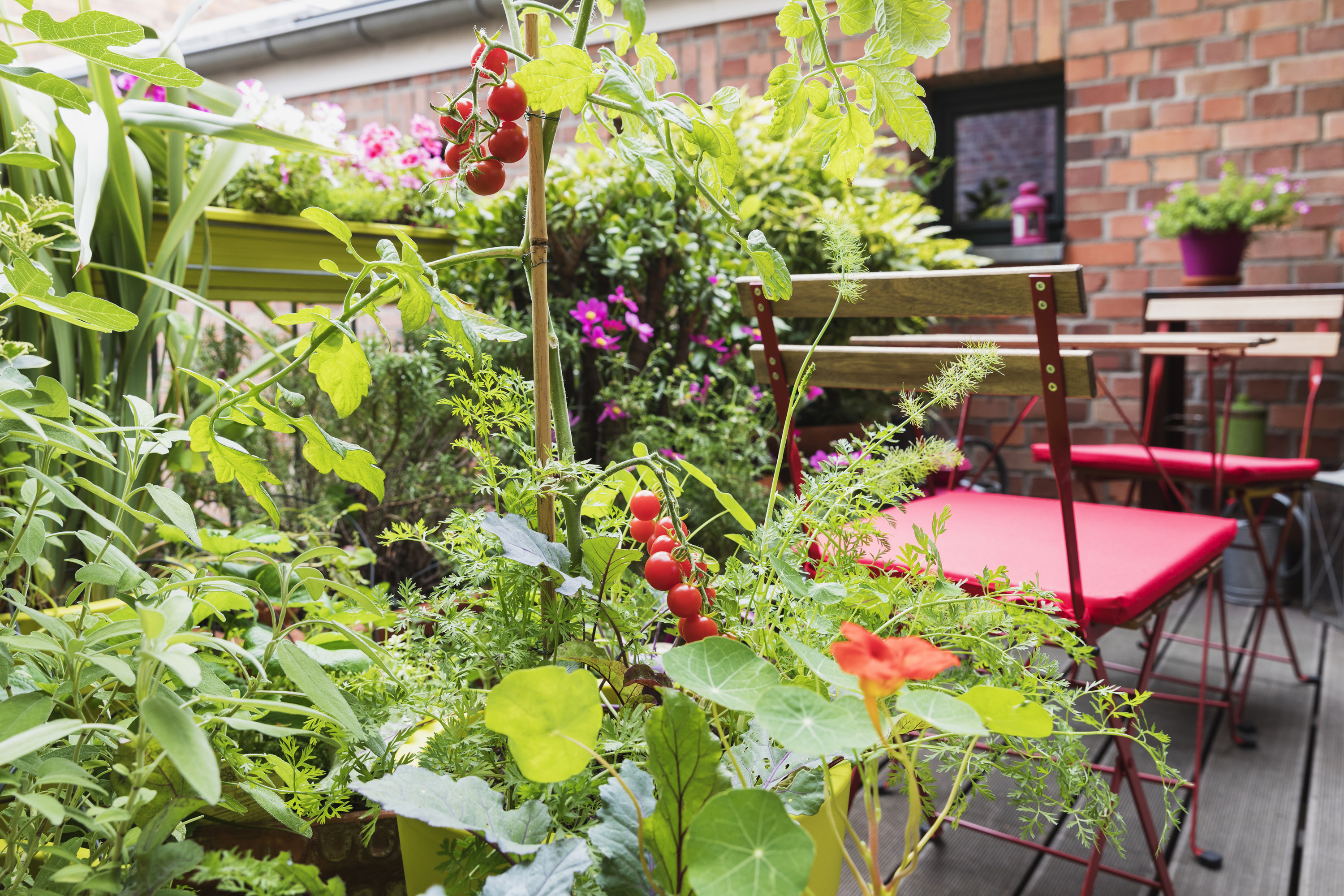
Ready to give companion planting a go in your garden? Marcus Eyles, gardening expert and Horticultural Director at Dobbies, offers his top tips on five easy ways to do it.
- Remember that the smell of plants from the onion family, including leeks, chives, onions and garlic can deter pests like carrot fly or aphids.
- Some plants are prone to getting aphids, such as Nasturtiums, so you can use them to attract aphids from your runner beans and keep them protected.
- If you have problems getting courgettes, marrows or squashes to produce good crops, then introduce flowering plants like cornflowers or calendula to attract the insects and improve your pollination.
- If you have problems with plants like spinach, coriander or lettuce bolting (this is when they produce flowers and therefore stopping growing), then plant taller plants like runner beans or peas around them to shelter them and deter this from happening.
- Keeping pests off your tomatoes can be a challenge, but using herbs like mint, basil and chives all make great companion plants and they’re really useful in the kitchen too. French Marigolds are also favourites for keeping whitefly off your tomatoes. Head over how to create a herb garden for more tips on growing herbs.

An experienced freelance journalist, editor and columnist writing for national magazines and websites, Fiona now specialises in gardens. She enjoys finding and writing about all kinds, from the tiniest town plots to impressively designed ones in grand country houses.
